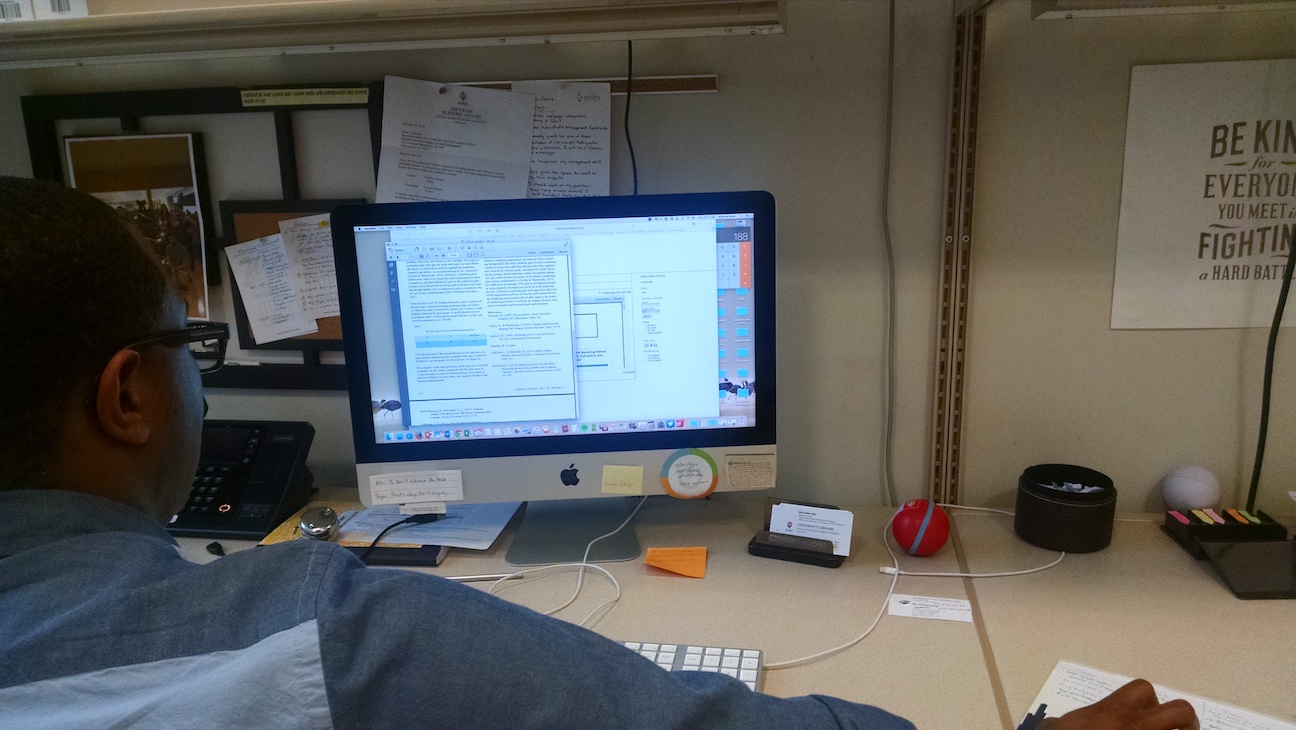Contextual Inquiry
Contextual Inquiry is an immersive, contextual method of observing and interviewing that reveals underlying (and invisible) work structure.
Contextual Inquiry is Day 20 of 100 Days of UX, an exploratory effort to survey the 100 methods of design outlined in Martin and Hannington's Universal Methods of Design. For 100 consecutive days, I learn one new method a day and write about it.

Unless observed, most people will summarize their work activities and speak abstractly about tasks, because typically their processes are invisible to them. Contextual Inquiry provides a way to structure interviews with people that expose specific details about how they work, and helps expose underlying work structure.
The four principles that define contextual inquiry are: Context, Partnership, Interpretation, and Focus.
Context requires researchers to spend appreciable time embedded into the user's life or work in order to discover what actually happens in real-time and to query the user's actions, responses to stimuli, etc. It is a mix of observation and interviewing within the user's context.
With contextual inquiry, the researcher and customer are engaged in an apprentice/master partnership. The customer is the master of their domain and the researcher is actively learning about their field and how the master works.
As a session goes on, and researchers gain more knowledge about their customer's work, immediately interpreting what they notice for meaning and design implications is necessary. This also requires validating the interpretation with the customer as misinterpretations could lead to wrong design choices.
During a session, the researcher must remain flexible and be able to alter their focus when they pick up new information.
From personal experience, contextual inquiries can be done by an individual, but are so much easier with at least two people. One person to watch, prod, and probe the customer for information and another to simply be a notetaker who captures quotes, behaviors, etc.
References
- Martin, B., & Hanington, B. (2012). Universal Methods of Design: 100 ways to research complex problems, develop innovative ideas & Design effective solutions. Rockport
- Holtzblatt, K., & Beyer, H. (2015). Contextual design: Evolved. San Rafael, CA: Morgan & Claypool.
Day 19 - Contextual Design 100 Methods Day 21 - Creative Toolkits